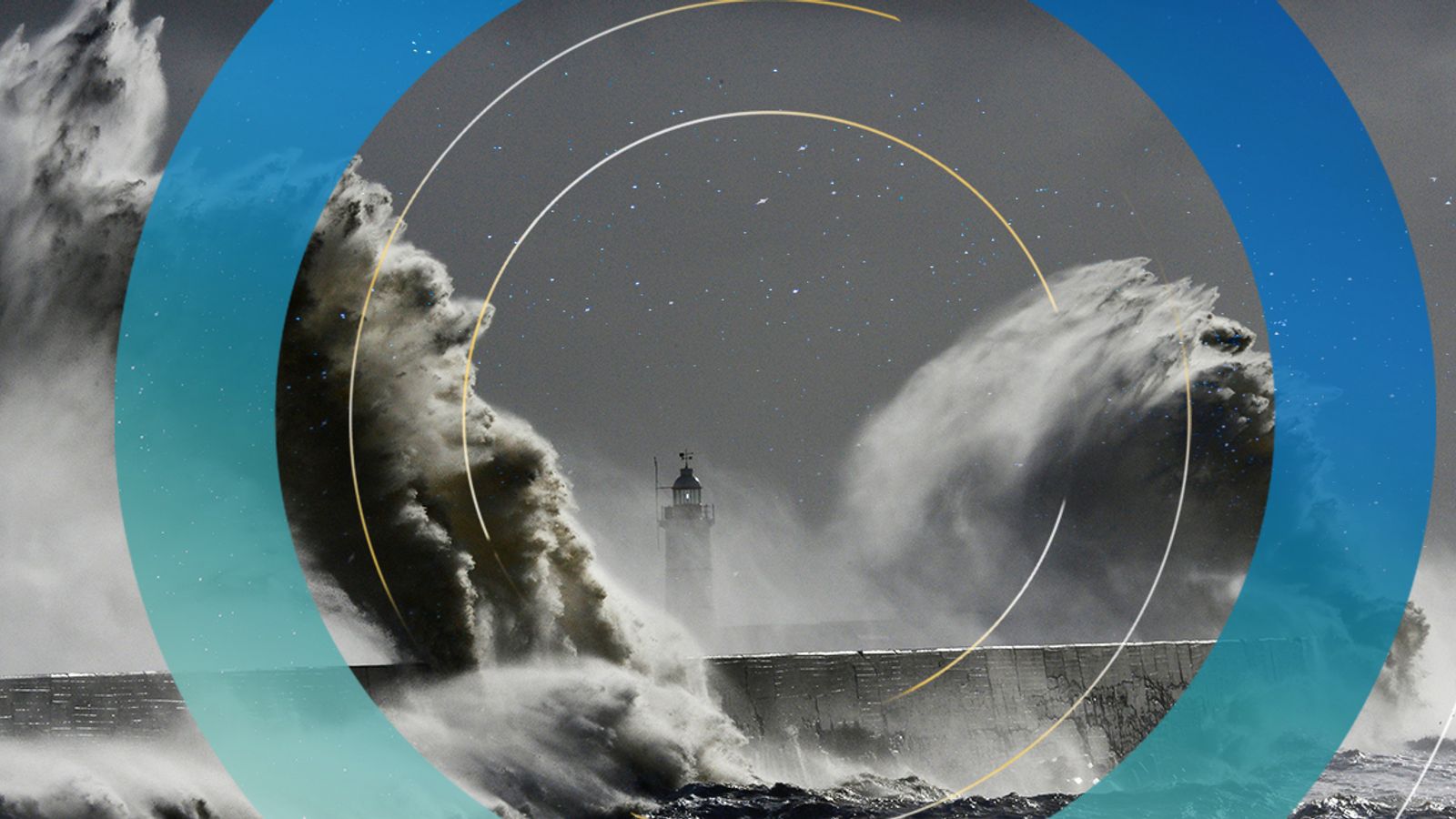A new projection tool which could help “save lives and livelihoods” by showing the threat of rising sea levels anywhere in the world has been released by NASA.
An online world map uses new data to show the impact of sea levels on different areas depending on a range of global emissions trajectories.
It reveals some coastal areas in the UK could face having to deal with sea level rises of around half-a-metre (1.6ft) by the end of the century depending on how climate change unfolds in the coming decades.
Modelling graphs released by NASA show a different set of scenarios – called SSP – which are then used as part of the tool which has been developed with data from the Intergovernmental Panel on Climate Change (IPCC).
Users can select projections for anywhere in the world for any decade from 2020 to 2150.
NASA administrator Bill Nelson said that “as communities prepare for the impacts of sea level rise, access to good, clear data is key to helping save lives and livelihoods”.
The project is hosted on NASA’s sea level portal and comes in the same week a UN report predicted heatwaves, flooding and droughts will become more frequent and intense with the world set to hit the 1.5C global warming limit within the next 20 years.
Scientists said no region on Earth will escape the changes with campaigners calling for action to be urgently stepped up by world leaders to tackle what was described as a “code red for humanity”.
Ben Hamlington, a research scientist at NASA’s Jet Propulsion Laboratory in Southern California, who leads the agency’s Sea Level Change science team, said “the goal is to deliver the projection data in the IPCC report in a usable form” alongside easy visualisation of future scenarios.
Please use Chrome browser for a more accessible video player
The interactive tool can take into account a range of scenarios, including for low-emissions, a “business as usual” trajectory with emissions on their current track, and modelling for an “accelerated emissions” future.
NASA said a low-emission future would happen if humanity takes action to reduce its greenhouse gas emissions which would reduce the impact of climate-driven sea level change.
Experts said the tool should help people at all levels of government in countries around the world to forecast future scenarios and to take appropriate action to develop coastal resources.






















